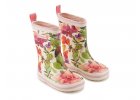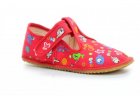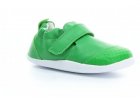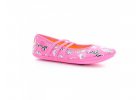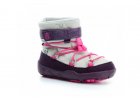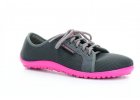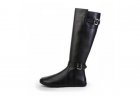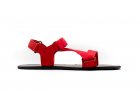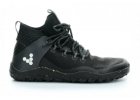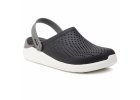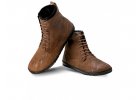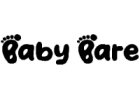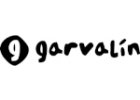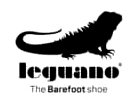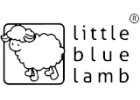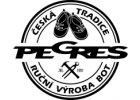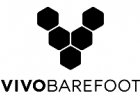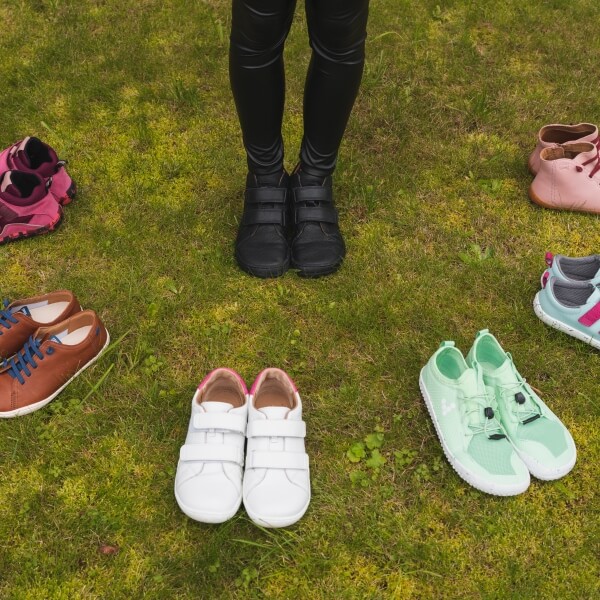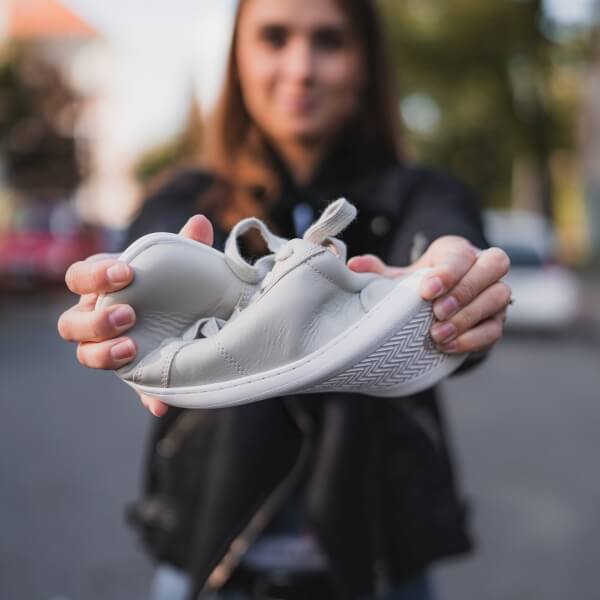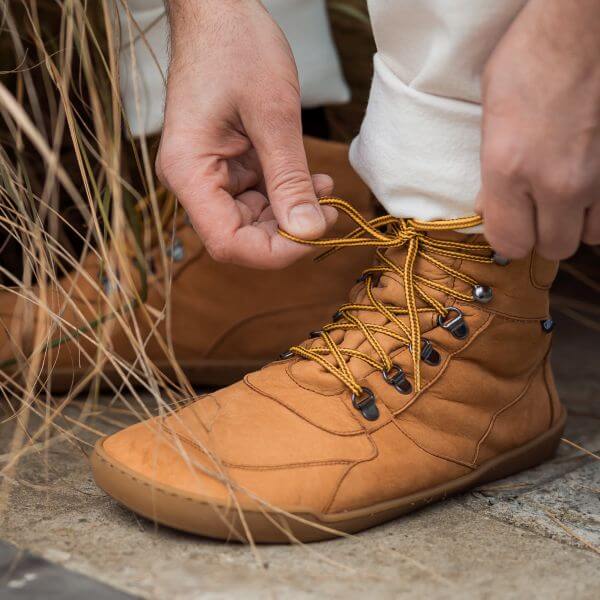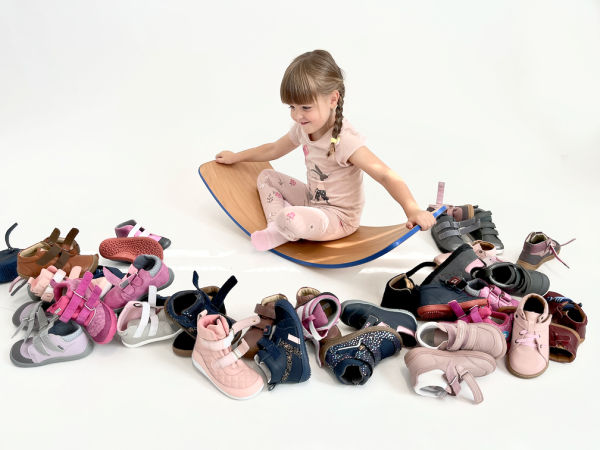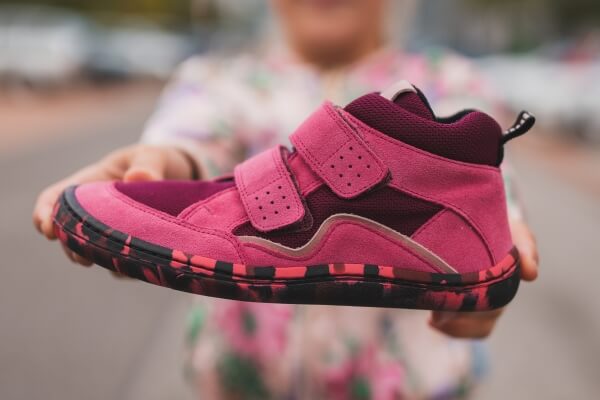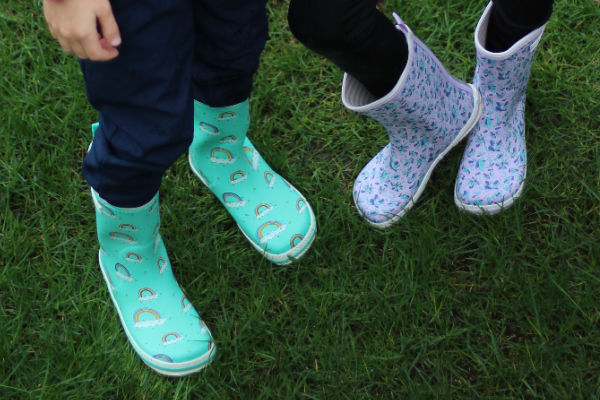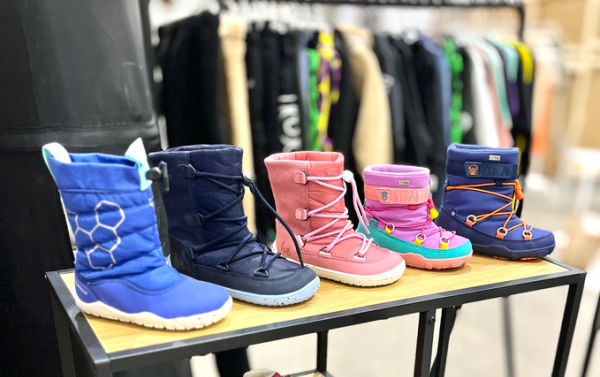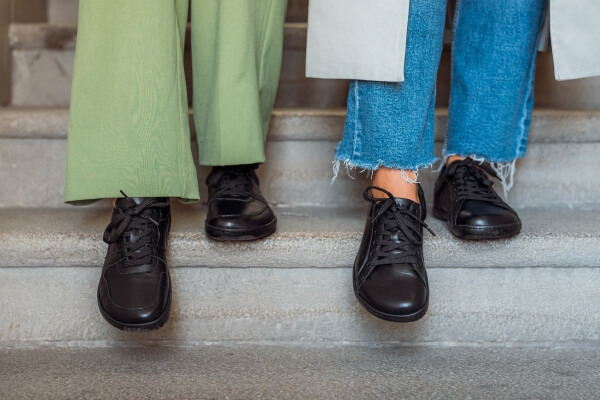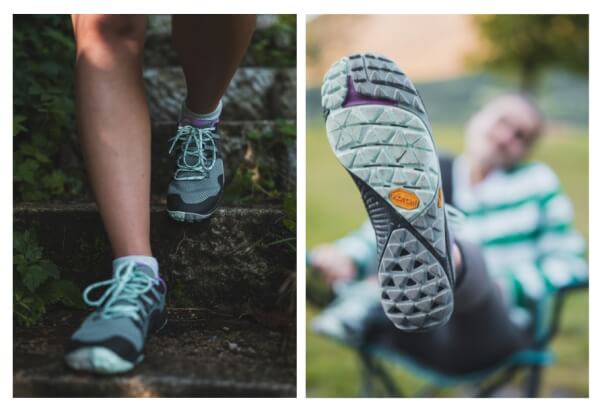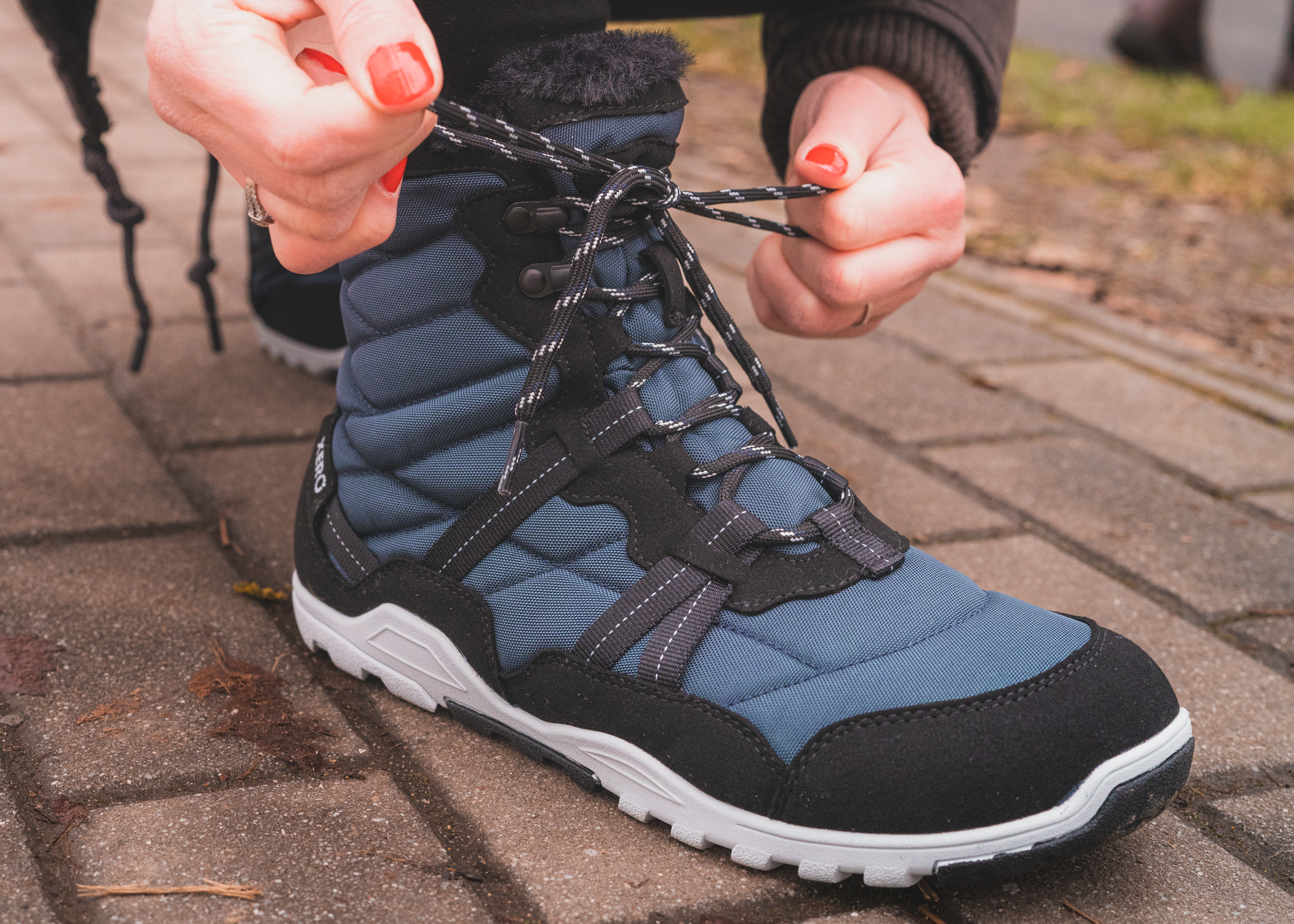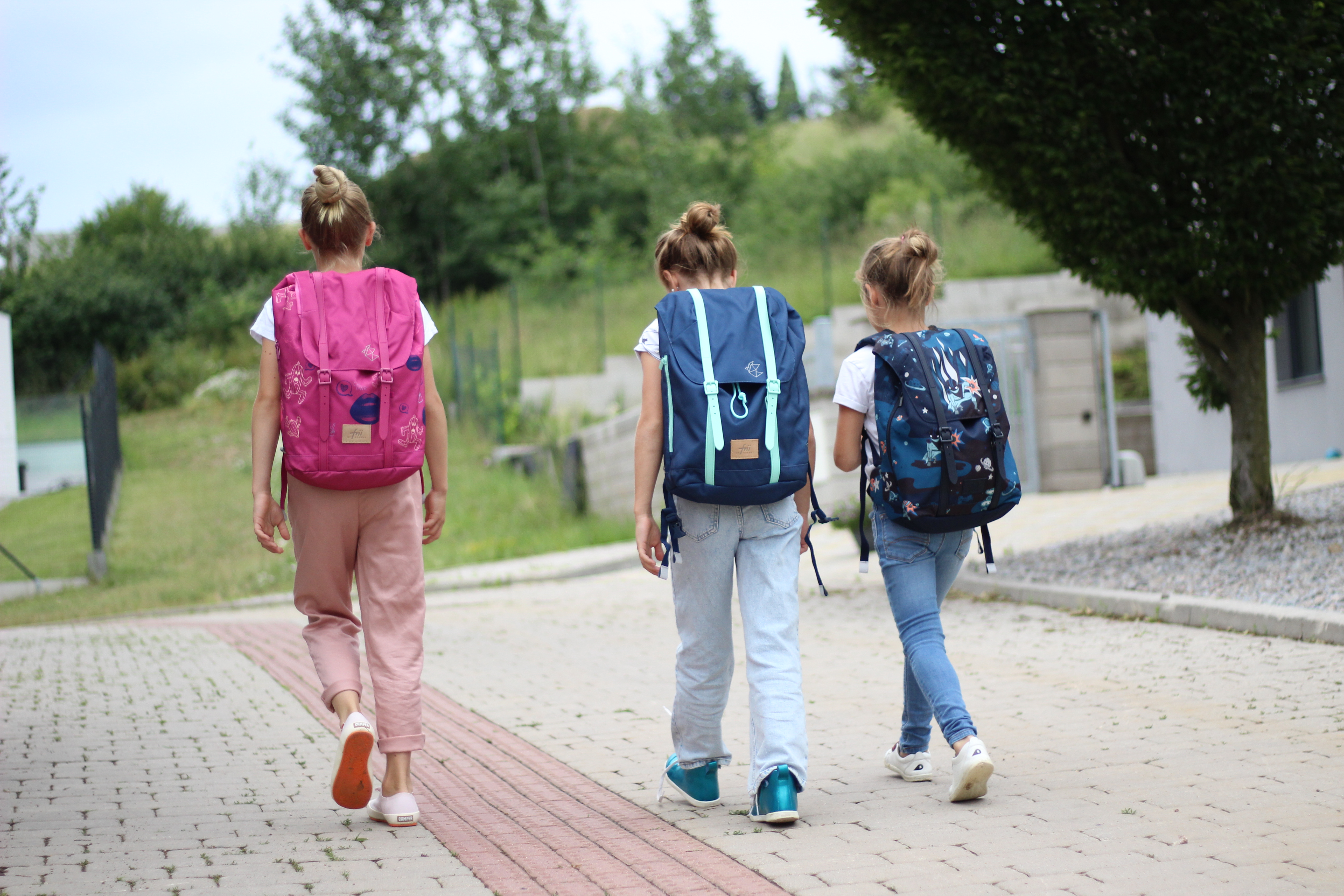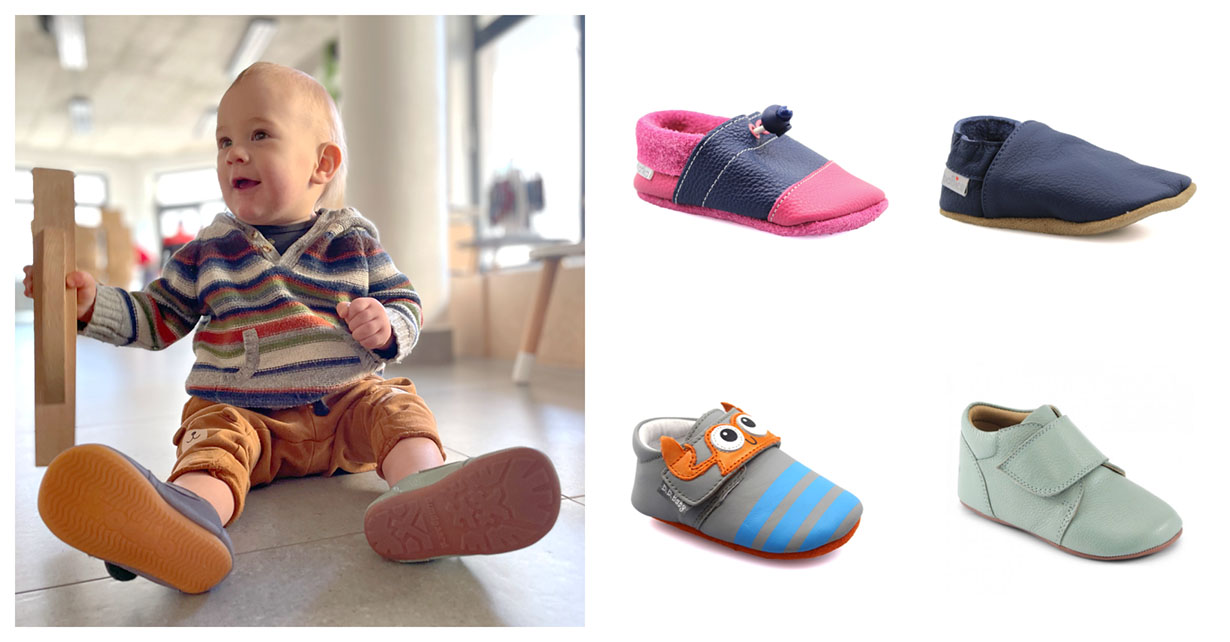What are barefoot shoes? The Barefoot Footwear Association has developed an official definition that has been approved by the Czech Shoe and Leather Association. After years of confusion about the exact parameters of barefoot shoes, we quote below the complete definition of barefoot shoes:
Barefoot shoes
Barefoot footwear (or also barefoot shoes, barefoot boots, barefoot shoes or minimalist shoes) is footwear designed for everyday movement to simulate the freedom of movement that a person has when walking barefoot. It is a shoe that respects the natural gait.
Definition of barefoot - four basic characteristics
01 Space for foot and toes
The toes must have enough room in the shoe to move freely. This helps maintain a stable balance and improves comfort when walking. Barefoot shoes respect the shape of the foot. In particular, the toe of the shoe is important, as it respects the shape of the toe part of the foot.
02 Flexible sole
The sole is very thin, flexible and can adapt to the wearer's movement. The foot can move and work naturally when walking, which leads to strengthening of the foot arch and can positively affect the entire musculoskeletal system. The Barefoot shoe provides close contact with the terrain, allowing it to react to uneven ground.
03 Zero heel
The shoe has zero height difference between heel and toe (zero drop). Such a shoe does not change the centre of gravity of the musculoskeletal system and consequently the posture of the whole body, which leads to a different involvement of the muscles than is natural for the body. Similarly, barefoot shoes do not have other supportive features (moulded insoles) that affect the natural functioning of the foot.
04 Lightness
Barefoot shoes are very lightweight, which is positively reflected in the comfort of walking and wearing. However, it depends on the purpose of the shoe. For example, winter shoes will be heavier for the sake of providing thermal insulation properties. In general, barefoot footwear should be lighter than so-called traditional footwear for any given use.
Use of barefoot shoes
- Barefoot shoes are suitable for casual wear throughout the year.
- Barefoot shoes can be worn by anyone who can walk barefoot and has no medically indicated use of other special footwear (in the case of diagnosed podiatric or other health problems, a consultation with a specialist - a doctor or physiotherapist - should take place first).
- Barefoot footwear does not require any changes in gait and habituation, especially for children. For part of the adult population, it is recommended to start walking in barefoot gradually, adjusting the stereotype of walking.
- Barefoot footwear is used in the same way as regular footwear (sometimes misunderstood to mean that socks should not be worn).
- As with any other shoe, it is essential that the shoe fits well - i.e. around the ankle/heel, that it is high enough at the instep and that there is sufficient room inside (= space that allows the toes to move freely and, in the case of children's shoes, provides room for possible growth of the foot).
- Barefoot footwear must comply with all standards for safety of materials just like any other footwear.
- Barefoot shoes can be designed with/without an insole and with/without a heel counter.
- Manufacturers/sellers of barefoot shoes do not mark the width of the shoe with letters, but provide customers with information about the internal dimensions of the shoe so that the customer can choose the right shoe - the width of the shoe should match the width of the foot, or provide 1-2 mm of extra space.
- Taking care of barefoot shoes is no different from taking care of any other footwear.
Developed by the Barefoot Footwear Association. Approved version of 18 July 2024



